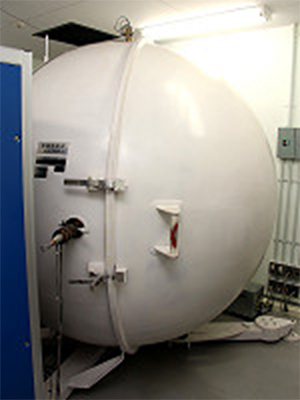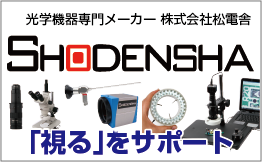●Lumen (lm)
Lumen is a measurement that indicates “how much light is gathered within a certain range from the light source.” It quantifies the luminous flux within a specified angle of emission, regardless of the measuring surface conditions. For example, when indicating the brightness of lighting fixtures like incandescent bulbs or fluorescent lamps, it represents the total luminous flux emitted in all directions. This measurement is commonly found on lighting devices designed to brighten spaces (such as household lighting). With the shift from incandescent bulbs to LEDs, lumens have become the preferred metric over watts. For instance, a 60W incandescent bulb is roughly equivalent to 800 lumens.
|
● Lux
Lux indicates the brightness of a “specific surface” illuminated by light and varies with the measurement distance. It is commonly used for lighting devices where brightness at a certain distance and on a specific surface (lux) is important. In industrial applications, it is used for devices like ring lighting for microscopes and industrial microscopes. In consumer applications, such as desk lamps used for lighting workspaces, lux is often used to express brightness, which aligns better with the intended purpose.
|
●The measurement method
Lux can be easily measured by placing a lux meter on the surface where you want to measure the illuminance.
To measure lumens (total luminous flux emitted in all directions), a sophisticated device called an integrating sphere is required.
|
 |
<An integrating sphere> |
Summary:
**ルーメン (Lumen)**: Indicates “how much light is gathered within a certain range from the light source.” It quantifies the luminous flux within a specified angle of emission, regardless of the measuring surface conditions.
**ルクス (Lux)**: Indicates the brightness of a “specific surface” illuminated by light and varies with the measurement distance. It is commonly used for lighting devices where brightness at a certain distance and on a specific surface (lux) is important.
These metrics help in understanding and quantifying the brightness and efficiency of lighting sources and devices.




